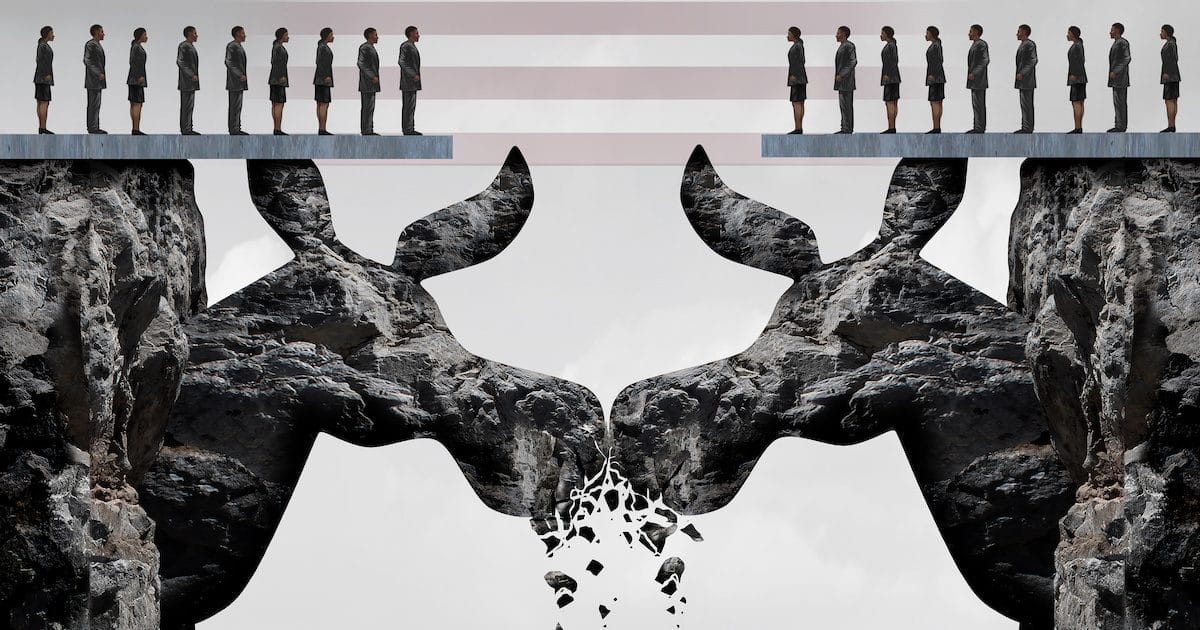
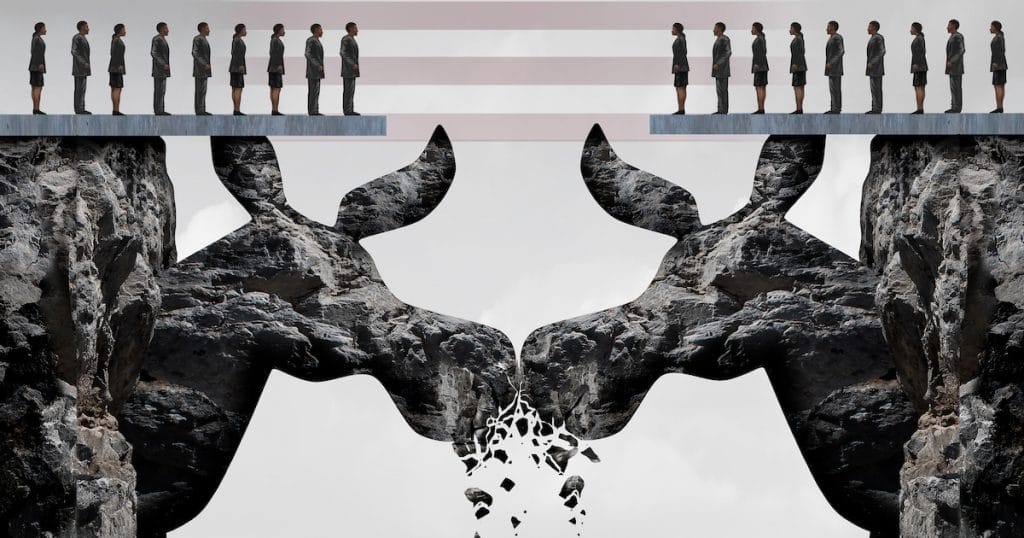
As of this writing, there are sixteen formally declared candidates for the 2020 Democratic nomination. For those who may be concerned by the lack of choices, they need not.
There are another fifteen who have either speculated or are seriously considering getting into the race, including former New York City Mayor Michael Bloomberg, Vice President Joe Biden and Ohio Senator Sherrod Brown.
If all currently declared candidates stay the course until the 2020 Democratic National Convention (July 13-16) and are joined by only four more, which seems more than likely, it will have surpassed the 19 hopefuls at the disastrous convention in 1924.
The 1924 Democratic Convention in Madison Square Garden, which almost destroyed the party, began on June 24 and ran until the summer heat exhausted delegates. Without air conditioning or alcohol, the delegates gave up after 16 days on July 9 and chose an outsider former Congressman John W. Davis of West Virginia.
Mr. Davis started off with just 31 votes on the first ballot. It was 103 ballots before it mercifully ended.
The reason for this endless run of ballots was a massive split on major issues and acrimony between the supporters of two leading candidates, Governor Alfred E. Smith of New York and former Secretary of State William Gibbs McAdoo.
The intra-party fights centered on prohibition.
Governor Smith was a Catholic and committed “wet” who opposed prohibition, while McAdoo was a Protestant who supported it. To top it off, the Ku Klux Klan (KKK) was present and front-and-center .
The KKK was near the height of its power and influence, and the convention had to deal with it. A plank proposal to condemn the Klan as a violent organization was narrowly defeated and, with that, the convention got down to business.
Unfortunately for the delegates, the convention was run under the two-thirds rule, mercifully abandoned in 1936 whereby the nominee had to have the support of two-thirds of the delegates and the unit rule.
Not abandoned until 1968 because it gave disproportionate power to southern delegates, the unit rule meant an entire state’s delegation had to vote for whichever candidate had a simple majority of support among its members.
The 1924 delegates were not released from their drudgery after 103 ballots as a vice presidential still had to be chosen. Twelve were initially nominated (in 5 minute speeches) and eventually 30 received votes, including three women.
Charles W. Bryan of Nebraska was chosen because he happened to be the brother of three-time losing presidential nominee William Jennings Bryan. The ticket of Davis, who admitted the nomination, was worthless, and Bryan suffered a massive loss to President Coolidge 54% to 29%.
A progressive earned roughly 17%.
That the 2020 version of the Democratic Party and its abundance of candidates are not without issues of political positioning and potentially destructive personality clashes on the campaign trail as the actual state elections hove into view, is obvious.
It is these internal issues rather than the external ones that so divided the 1924 delegates. Similarly, internal issues have the potential for a disastrously acrimonious 2020 convention whose eventual nominees may suffer the same fate.
If the field has not winnowed down by convention time the DNC’s proportional delegate allocation regarding state primary elections, especially in the case of California would ensure no candidate will have a majority on the opening ballot or ballots.
In the old days, state bosses would hold their states’ “favorite son” votes back to exchange them for a major cabinet post or other position when they sensed a deadlock could be broken. This is not available nowadays. But as a substitute “superdelegates” are in somewhat of a similar position.
The problem is that even now the candidates are split into ideological factions.
Kobluchar/Brown/O’Rourke/Booker could represent the center-left juxtaposed to traditionalists like Bloomberg/Biden, leaving leftists in the mold of Harris/Warren/Sanders.
Superdelegates only control about 15% of the vote, are unlikely to coalesce around any one candidate. Even with candidate’s horse-trading, holding out a VP slot is challenging as they can’t offer such a plum to a similar positioned gendered or colored opponent. Such are the vagaries that identity politics have thrust on Democrats through their own mechanisms and machinations.
The 1960 and 1968 conventions were strongly contested, yet delegates only needed one ballot. In 2020, the scene is set not only for the first genuinely contested, multi-ballot Democratic convention since 1952, but also the most divisive since 1924.
The GOP can only rub their hands with glee at this possibility.

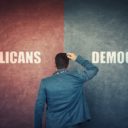
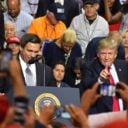

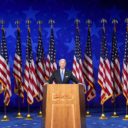


about.me / September 12, 2019
You completed a number of good points there. I did a
search on the issue and found nearly all persons will agree with your blog.
/